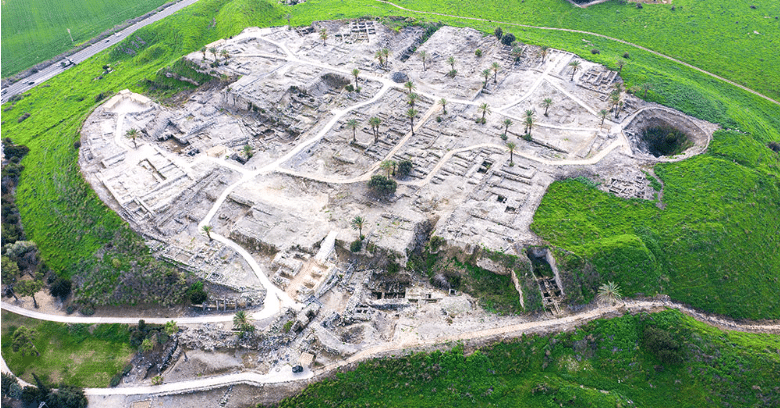Nestled in the heart of Israel, the ancient city of Megiddo offers visitors a fascinating glimpse into centuries of history and culture. Megiddo is a UNESCO World Heritage site that has witnessed the rise and fall of civilizations, epic battles, and significant historical events. Here is a brief look at what you can expect to see when you explore Megiddo.
Layers of History
As you drive across the Valley of Jezreel in Israel, a large mound captures your attention. This mound is Tel Megiddo. This tel is a layered mound containing ruins of 26 ancient cities built one on top of the other, each representing a different period of habitation. As you wander through the site, you will see the remains of ancient fortifications, temples, palaces, and gates that tell the story of the city’s evolution over thousands of years.
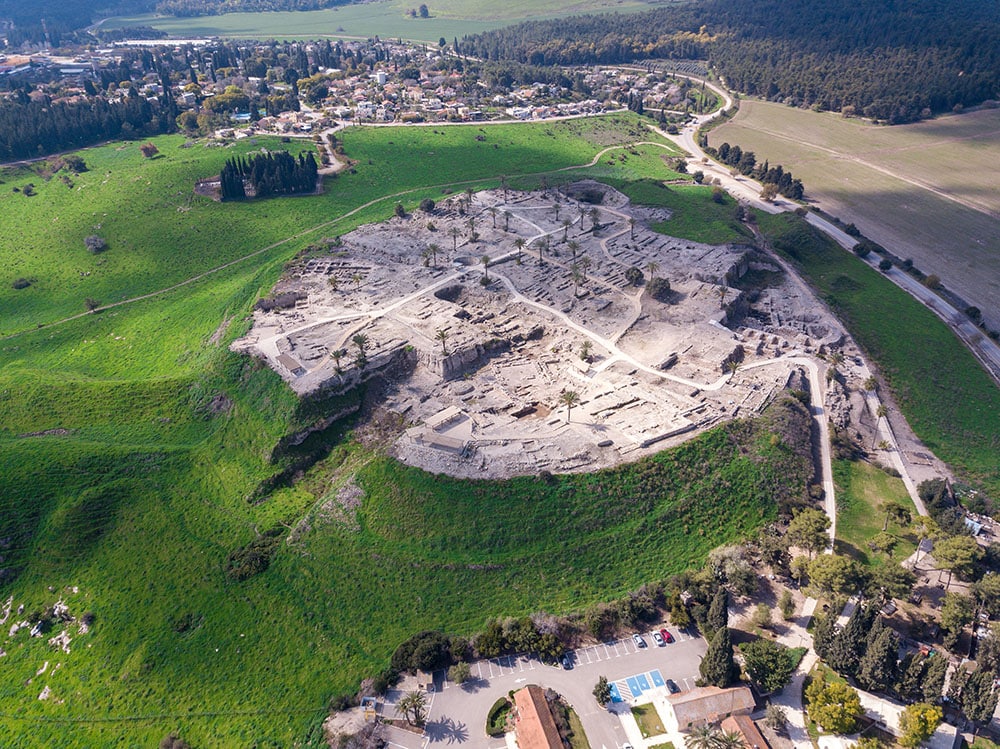
The Gates of Megiddo
The city gates of Megiddo are another testament to its strategic importance and sophisticated architecture. The main gate complex, with its massive, well-preserved walls and guardrooms, offers a glimpse into the defensive mechanisms that protected the city from invaders. The gates also serve as a reminder of the city’s turbulent history, having been destroyed and rebuilt multiple times throughout the ages.
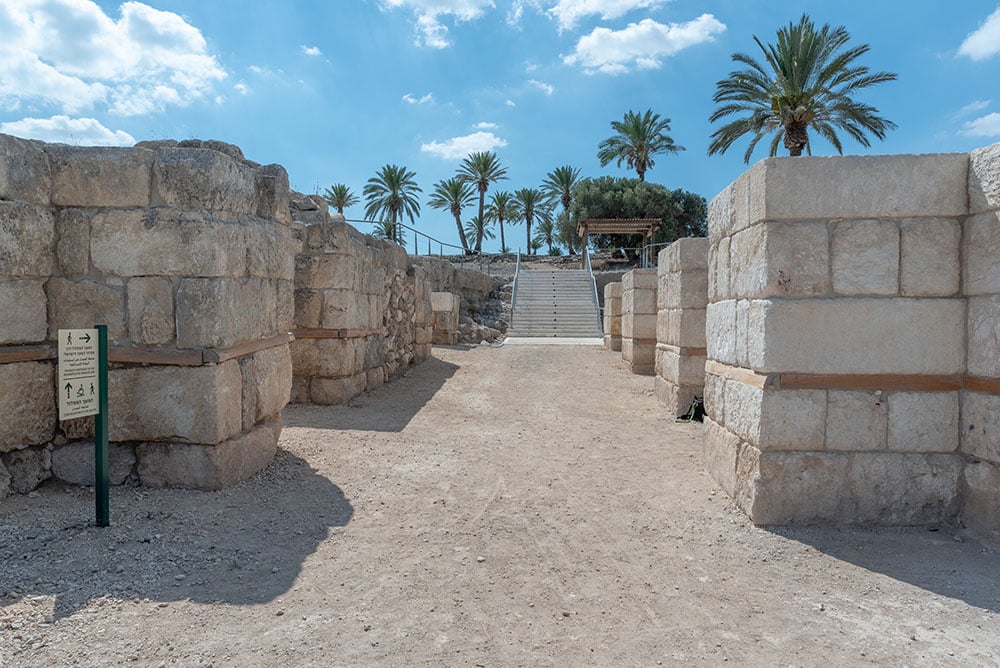
A Journey Through Time
Visiting Megiddo is like stepping back in time, offering a rare chance to walk through the remnants of an ancient civilization that shaped the course of history. Whether you are an avid history buff or a casual traveler, the site’s rich heritage and well-preserved ruins will leave a lasting impression.
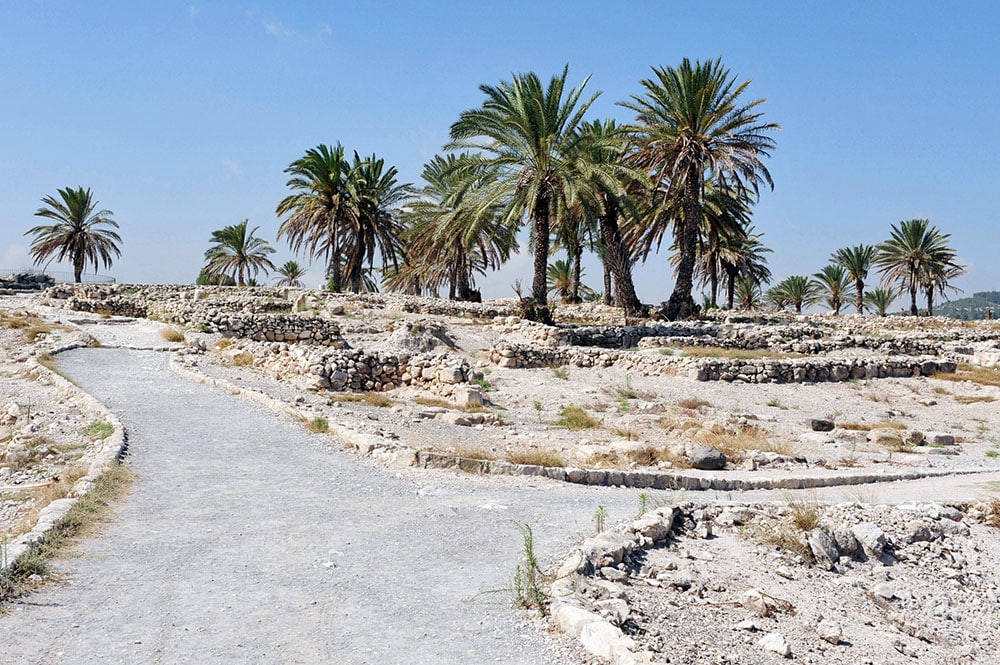
An Archaeological Treasure
Megiddo is one of the most significant and extensively excavated locations in the ancient Middle East. This ancient city-state sits strategically on the Carmel Ridge overlooking the Jezreel Valley, offering critical insights into the region’s historical and cultural development. Key findings at the site include impressive fortifications, sophisticated water systems, palaces, temples, and notably, a large, circular grain silo. Megiddo is also famed for its association with numerous historical and biblical events, including the battles of Pharaoh Thutmose III and King Josiah. It is also the site of the prophetic Battle of Armageddon.
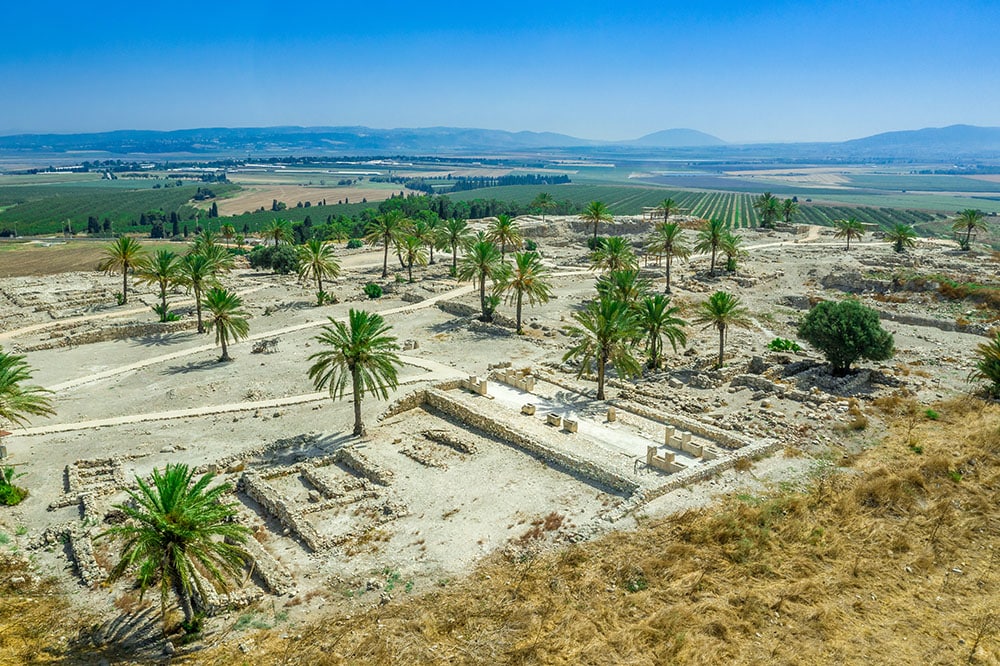
The Great Temple
In the heart of Megiddo lies the Great Temple, one of the oldest and most significant religious structures in the ancient Middle East. Dating back to around 3000 BCE, this temple was a central place of idol worship and played a crucial role in the spiritual life of that era. Visitors can see the large sacrificial altar where it is believed children were sacrificed to Baal and Molech.
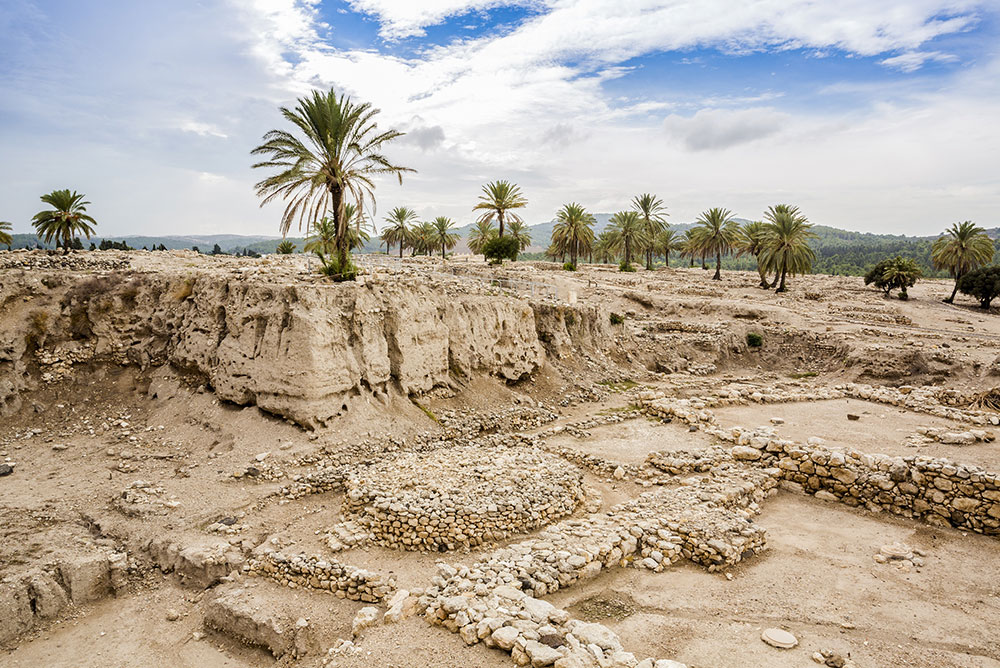
The Megiddo Granary
The granary at Megiddo is a remarkable archaeological site, providing valuable insights into ancient agricultural and storage practices. The granary, dating back to around the 9th century BCE, is an impressive structure with a circular design, featuring a diameter of approximately 20 meters and a depth of over 7 meters. It is believed to have stored large quantities of grain, vital for sustaining the population during times of siege or scarcity. The granary’s construction demonstrates advanced engineering skills, with stone walls and a carefully designed drainage system to protect the stored grain from moisture and spoilage. This site not only highlights the ingenuity of ancient civilizations in managing their resources but also underscores the central role of agriculture in the socio-economic structure of the region.
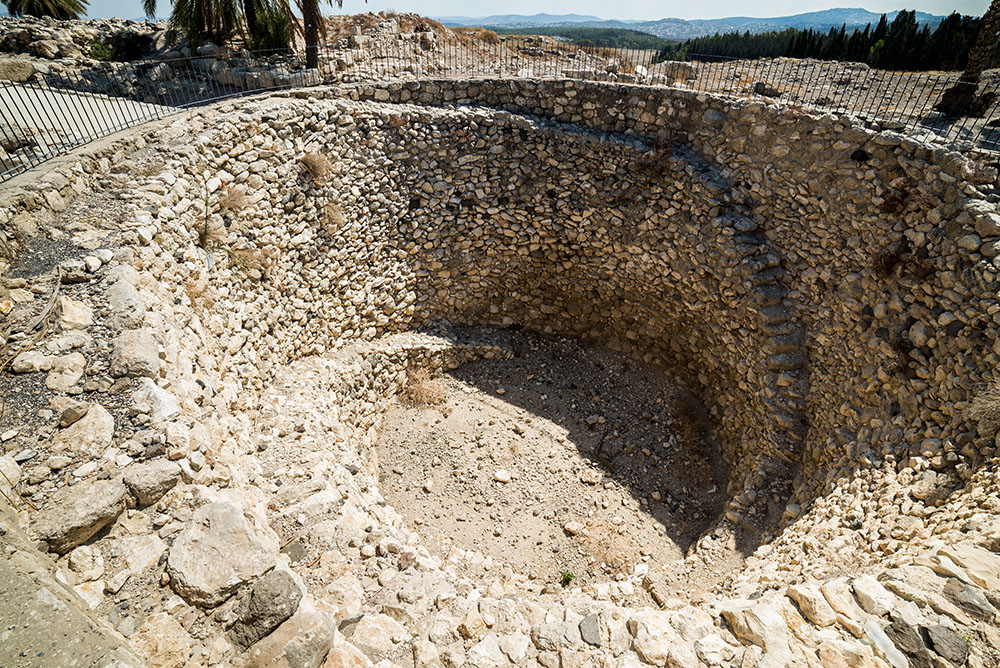
The Stables of Solomon
Another highlight of Megiddo are the Stables of Solomon. Although there is some debate among scholars about their exact purpose, these impressive structures are traditionally attributed to King Solomon and are thought to have housed horses and chariots. The stables showcase advanced engineering and provide insight into the military prowess and logistical capabilities of the ancient Israelites.
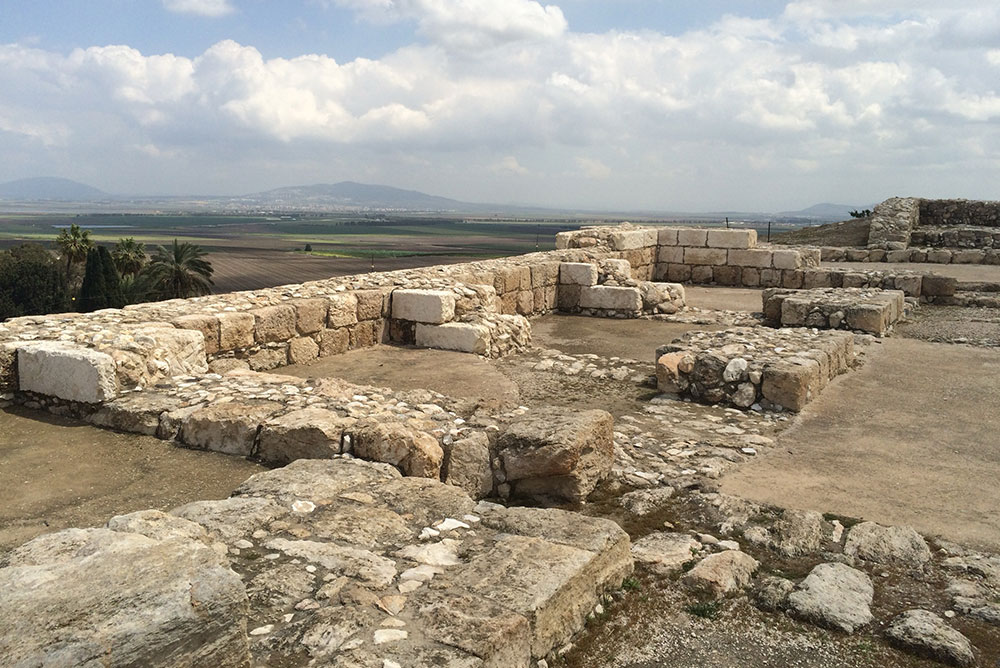
A Carved Stone Manger
A manger or feeding trough carved out of stone offers a fascinating glimpse into the everyday lives of ancient civilization. Carved meticulously from local stone, these troughs were built to endure the test of time, withstanding the wear and tear of daily use. The craftsmanship involved in creating these sturdy structures demonstrates the practical ingenuity of the inhabitants, ensuring that their animals were well-fed and healthy, which in turn supported agricultural productivity and economic stability. The presence of such feeding troughs at Megiddo underscores the importance of livestock in ancient economies and the advanced level of their stone-working skills. This may forever change your view of the manger related to the birth of Jesus in Bethlehem. It was most likely of similar construction and filled with hay.
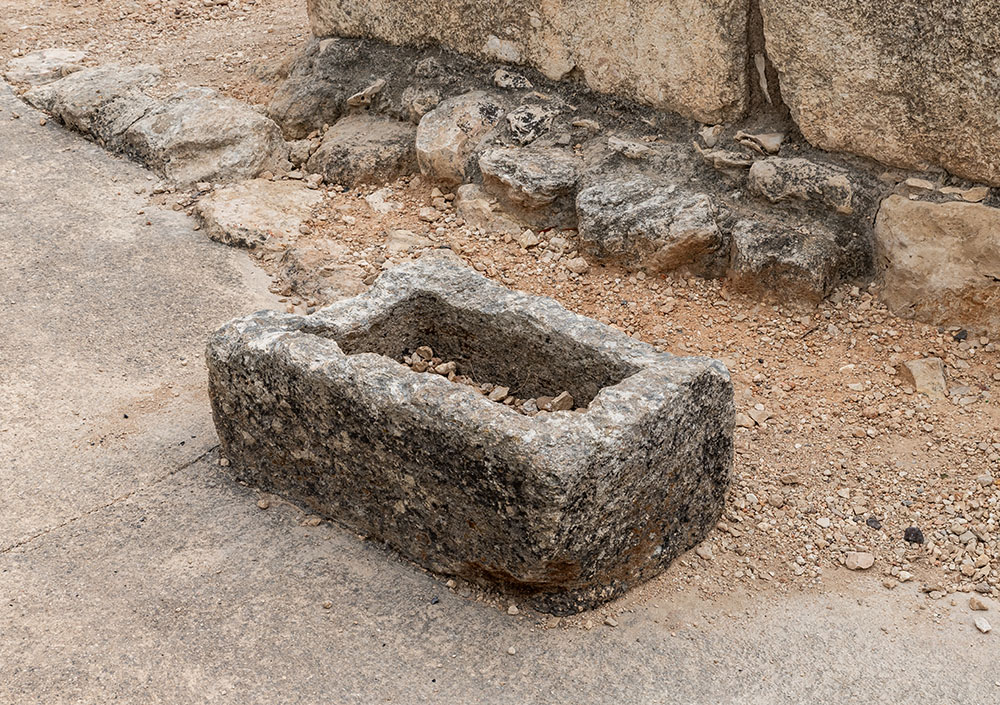
The Megiddo Water System
A true marvel of ancient engineering, the Megiddo water system is completely enclosed, underground, and totally secure. Built during the reign of King Ahab in the 9th century BCE, the system consists of a shaft that descends almost 40 yards (118 feet) into the bedrock and connects to a horizontal tunnel that leads to a spring outside the city walls but hidden from outsiders. Visitors can explore this water system and marvel at the ingenuity of the ancient engineers who constructed it, ensuring the city’s survival during sieges.
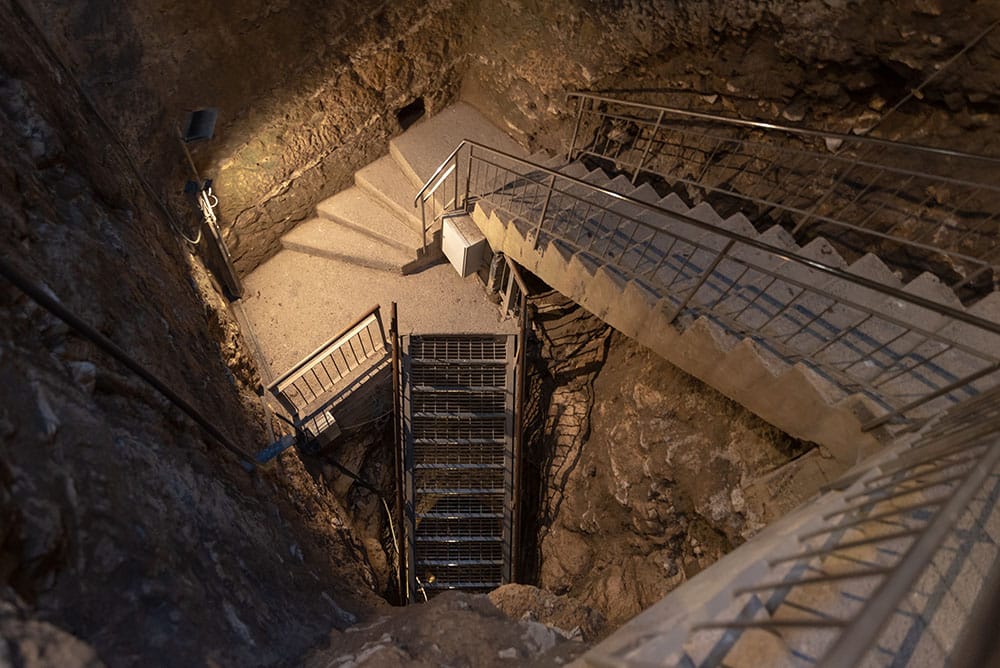
The Water Tunnel
The tunnel extends approximately 76 yards (230 feet) into the bedrock, connecting the city to a hidden spring outside its walls. This ingenious design allowed the residents to access fresh water without exposing themselves to potential attackers. The construction involved cutting through solid rock, a testament to the advanced technological capabilities of the period. The water system not only highlights the strategic importance of Megiddo but also underscores the city’s role as a center of innovation and resilience in the ancient Middle East. Visitors today can descend into the tunnel and walk its length to emerge at the spring, outside the city.
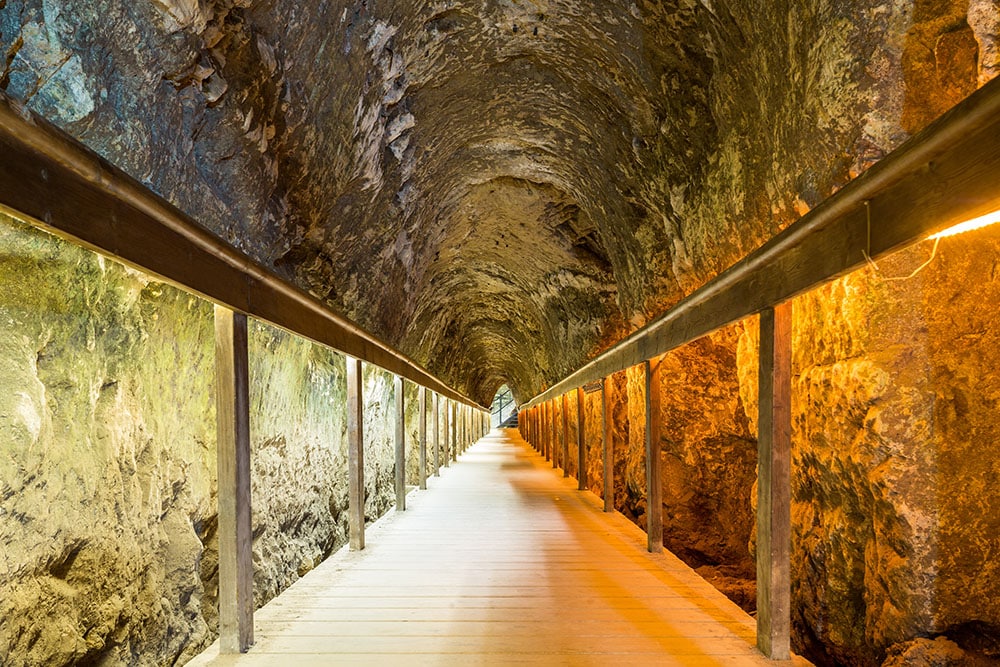
The View from Tel Megiddo
Looking from the top of Tel Megiddo offers breathtaking panoramic views of the surrounding Jezreel Valley. The Jezreel Valley, often referred to as the “breadbasket” of Israel, is renowned for its agricultural productivity, supporting diverse crops and lush vegetation. The valley’s historical significance is also profound, as it is traditionally identified with the biblical site of Armageddon, where the final battle between good and evil is prophesied to occur. This view from Megiddo not only offers a stunning natural panorama but also a deep connection to the ancient past and the enduring legacy of the region.
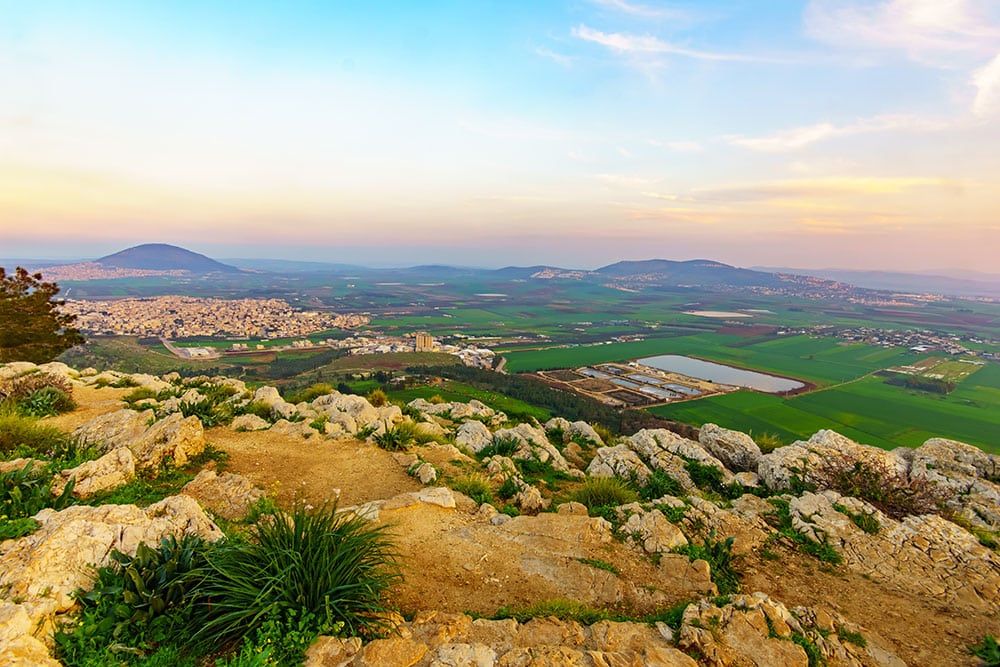
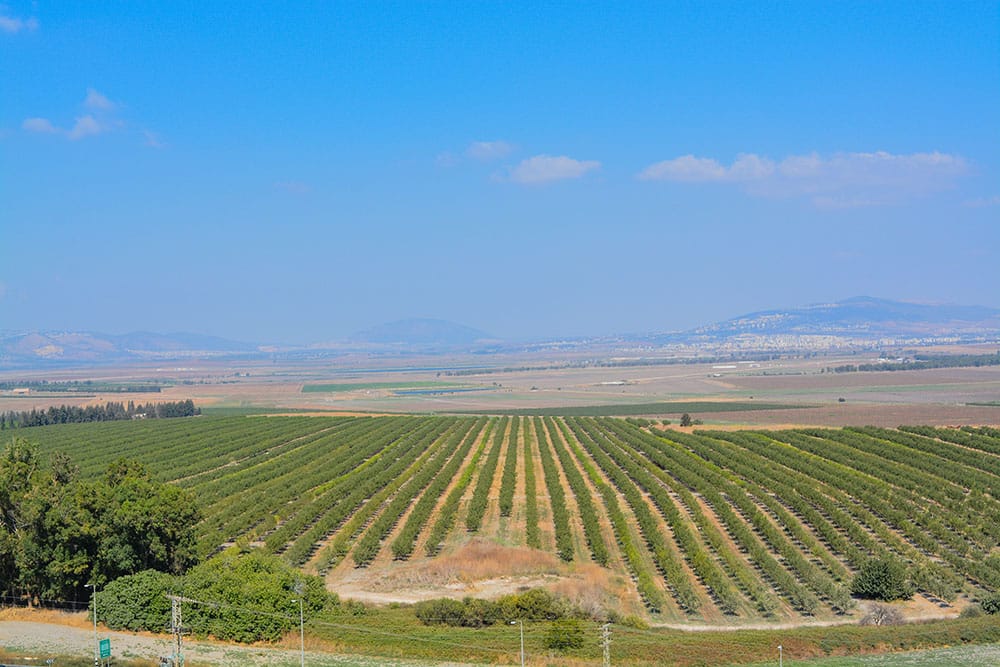
Megiddo is not just an archaeological site; it is a testament to human resilience, ingenuity, and the enduring legacy of our shared past and prophetic future. A visit to Megiddo is a journey through time, providing invaluable insights into the lives of those who came before us, timeless stories that continue to inspire and captivate, and a veiled glimpse of the biblical future of all mankind.

Experience a chilling, but necessary, interactive multimedia presentation of the Holocaust, while learning sobering lessons of history applicable to today and which must never be repeated.
Email Cindy at cindy@signaturetouchtours.com or
visit www.signaturetouchtours.com to make a life-changing “living history” pilgrimage to the United States Holocaust Memorial Museum.
Originally posted at signaturetouchtours.com

